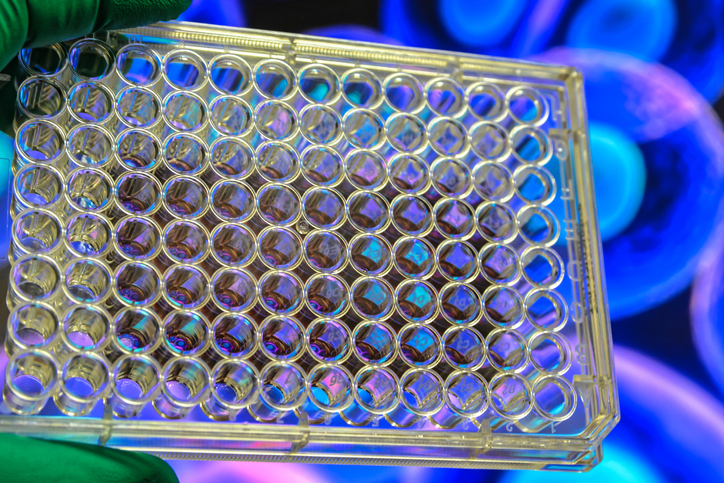Although many people could benefit from cell therapy, many can’t get it. “The entire industry is focused on ensuring safety while increasing accessibility,” says Evan Zynda, PhD, senior staff scientist at Thermo Fisher Scientific. “When it comes to developing and manufacturing cell therapies, the main challenges to these goals are manufacturing inefficiencies, complex and manual processes that require human intervention and introduce failure modes, and a lack of standardized workflows for manufacturing, especially as emerging modalities are still being defined.”
In fact, making a cell therapy is extremely complicated. “We estimate the cell therapy–manufacturing process may have upwards of 40 process steps, which is not only labor intensive but creates opportunities for errors and contamination that lead to failures,” Zynda says. “By aseptically closing and automating the manufacturing process, we’re reducing the need for the highly specialized labor required to produce these therapies, thereby eliminating touchpoints, reducing expenses, and ultimately increasing the reproducibility and predictability of the process.”
Eventually, Zynda hopes to see cell therapies manufactured completely in a closed and automated process. “This will require physical and digital integration,” he says. “In order to close the system, all of the hardware within the process must be physically connected, most commonly using weldable tubing, luer locks, or similar solutions.”
Digitally connecting all the steps is an even bigger challenge. “You not only need to build in the liquid-handling capabilities to physically transport the cell solution from step to step, but you also need to implement means by which the process progresses automatically without human intervention,” Zynda explains. Today, even automated processes in making cell therapies require some monitoring. “As the field progresses, the aim is to gradually eliminate the need for this layer of personal monitoring, instead using in-line sensing and/or auto-sampling to govern feedback control of the system and dictate necessary adjustments in real time,” Zynda says.
As this field evolves and gains speed with automation, more patients might be treated, and they all could more quickly receive cell therapies.


